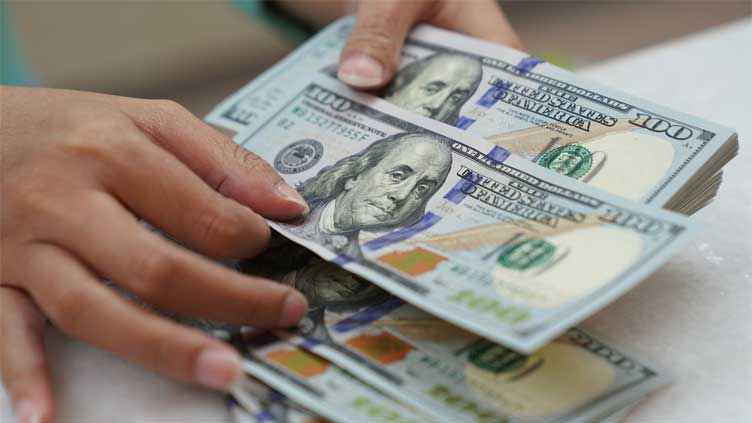
The Pakistani rupee lost Rs17.89 versus the dollar during intraday trade on Thursday due to political and economic instability, sending the US dollar spiralling out of control.
When the trading session was still open, the dollar was trading at Rs284 in the interbank market. Following the review of monetary policy and delay in the International Monetary Fund (IMF) arrangement, the local currency’s value plunged by an unprecedented amount.
The dollar increased by Rs 9 in the open market as well.
Since the government limited imports to manage the depleting foreign exchange reserves amid a significant danger of default, the interbank market continued to appreciate, according to Arif Habib Limited.
The change occurs as the market prepares for the State Bank of Pakistan’s (SBP) emergency Monetary Policy Committee (MPC) meeting later in the day, which is expected to result in additional monetary tightening to combat inflation. On Wednesday, the local currency declined against the US dollar and ended the day at 266.11 after losing 1.73 percent, or Rs4.61, in the inter-bank market.
According to Zafar Paracha, secretary general of the Exchange Companies Association of Pakistan (ECAP), the IMF had ordered Pakistan to exchange dollars at the going rate for trade with Afghanistan.
In other words, he explained, the IMF had stated that Pakistan’s true rate should be the rate on the grey market rather than the open market or the interbank rate.
“They [the IMF] are right because the current exchange of dollars exclusively occurs in the grey market,” Paracaha continued.
IMF adds four new requirements
According to further sources, the IMF has revised its understanding of at least four earlier decisions in preparation for reaching a staff-level agreement (SLA) on the urgently required economic assistance.
The most recent IMF action has angered Pakistani authorities, who warned that if we [Pakistan] continued to act like beggars, the IMF will terminate our membership.
The global lender has already taken four steps, including imposing a permanent power surcharge of Rs3.39 per unit plus 0.43 paisa (totaling Rs3.82 per unit), using market-based exchange rates, raising the discount rate by 150 to 250 basis points, and getting approval from bilateral partners to cover a $7 billion shortfall in external financing.
Authorities compared the situation to the one in 1998, after Pakistan’s nuclear testing, when its economic problems grew worse.



